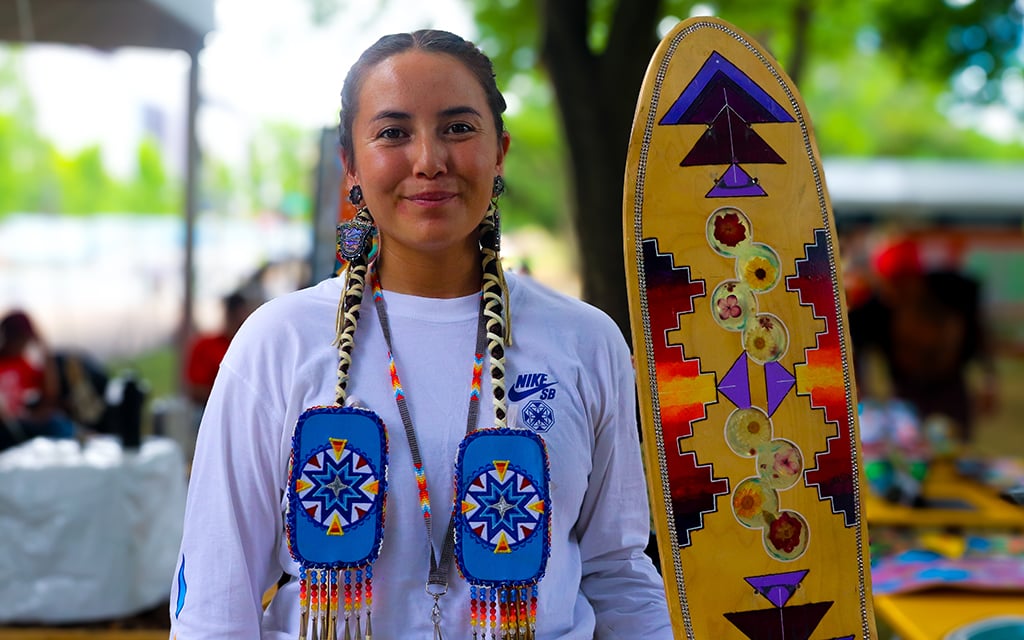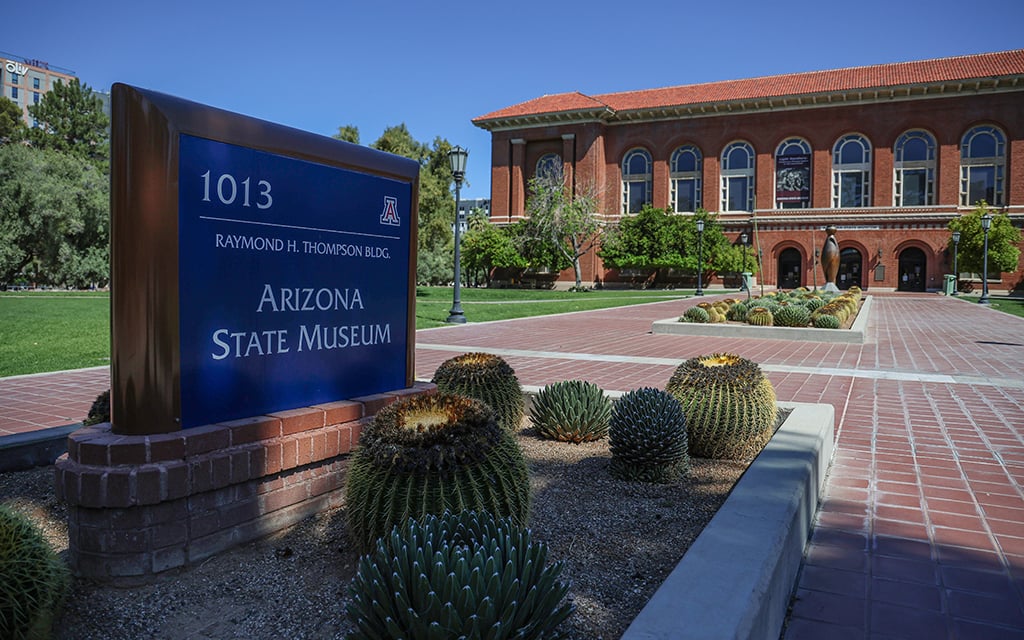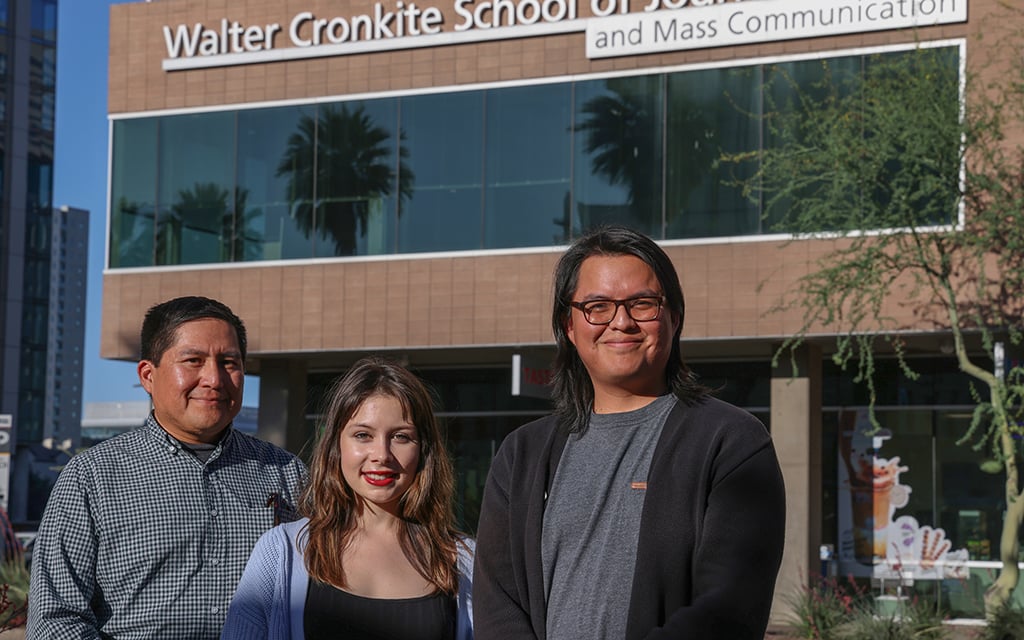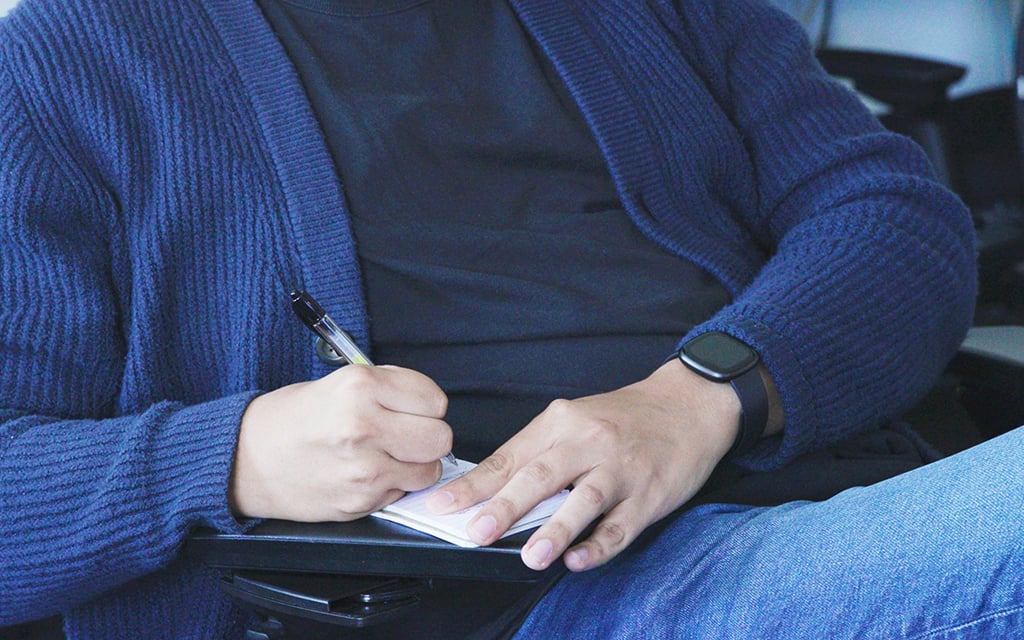Proposed federal commission would investigate abuses at Native American boarding schools that operated until the 1970s
WASHINGTON – A move is underway in Congress to create a commission to expose abuses at Native American boarding schools.
Skateboarding gives Navajo and other Indigenous people an outlet for artistry and heritage
WASHINGTON – Skateboarders from the Navajo Nation and other Indigenous groups “shredded it” at the Smithsonian Folklife Festival. The sport has proven to be an outlet for artistry and heritage.
Navajo uranium miners, people downwind of atom bomb tests demand justice as Congress lets aid program lapse
WASHINGTON – Congress let the Radiation Exposure Compensation Act expire June 10, leaving Navajo uranium workers and people downwind of nuclear weapons tests furious.
Where the buffalo roamed: Bill would return herds to ancestral Native American lands
WASHINGTON – A bill pending in the Senate would help tribal governments in Arizona and around the U.S. reintroduce buffalo onto reservations where millions of their ancestors once roamed.
Bill aims to ease teacher shortage at tribal schools by granting federal pensions to educators
WASHINGTON – A proposal in Congress aims to address recruitment and retention problems at Arizona’s tribally run schools by letting their teachers join the federal pension system. The bill is authored by Democratic Reps. Ruben Gallego of Phoenix and Gabe Vasquez of New Mexico.
Low staffing, space crunch hobble state museum’s Native American repatriation work at UArizona
TUCSON – The Arizona State Museum holds the largest number of Indigenous remains in Arizona. But the museum has struggled to comply with a 1990 law to repatriate Native American remains and artifacts because of staffing and space shortages.
Misplaced artifacts, inaccurate inventories and 2% of Native American remains returned to tribes: Inside ASU’s repatriation record
PHOENIX – Arizona State University has made under 2% of its Indigenous human remains and artifacts available to Native American tribes, one of the lowest rates in the nation, according to an analysis by Cronkite News and the Howard Center for Investigative Journalism at ASU.
What is the Native American Graves Protection and Repatriation Act of 1990?
The Native American Graves Protection and Repatriation Act empowered Indigenous people to reclaim ancestors and artifacts from American museums. The 1990 law is regarded as one of the most significant Indigenous civil rights laws of the 20th century.
Community, healing and justice: Indigenous journalists share what reporting on repatriation meant to them
PHOENIX – Three Indigenous Cronkite reporters describe how reporting on the repatriation of Native American remains deepened their appreciation for returning ancestors home.
How Cronkite News and the Howard Center reported on NAGPRA
PHOENIX – Journalists at Cronkite News and the Howard Center for Investigative Journalism reported on how Arizona public universities have complied with the Native American Graves Protection and Repatriation Act of 1990. Here’s how they did it.
Congress gave citizenship to Native Americans a century ago, but voting rights would come decades later
WASHINGTON – It’s been 100 years since Native Americans gained U.S. citizenship, but voting rights came much later. Arizona was the last state with an outright ban on voting for Native Americans.
Supreme Court rules in favor of two Native American tribes in dispute with federal government over insurance billing fees
WASHINGTON – The Supreme Court ruled in favor of Native American tribes in Arizona and Wyoming that sought millions in federal reimbursement for health care insurance billing fees.











